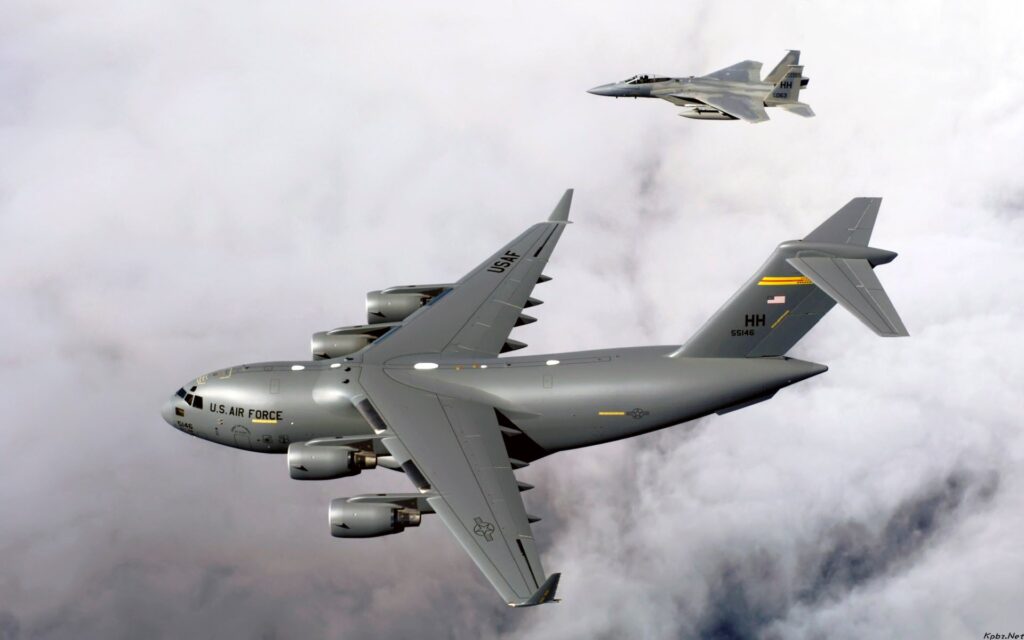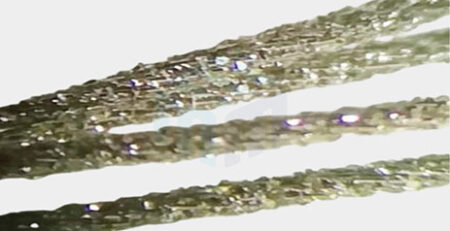Large market of new materials for military industry (二)

Military functional materials
1. Photoelectric functional materials
Photoelectric functional materials refer to materials used in optoelectronic technology. They can transmit and process information combined with photoelectricity, and are an important part of modern information technology. Photoelectric functional materials are widely used in military industry. HgCdTe and InSb are important materials for infrared detectors; Zinc sulfide, zinc selenide and gallium arsenide are mainly used to make windows, hoods and fairings of infrared detection systems for aircraft, missiles and ground weapons. Magnesium fluoride has high transmittance, strong resistance to rain erosion and erosion, and is a good infrared transmission material. Laser crystal and laser glass are materials for high-power and high-energy solid-state lasers. Typical laser materials include ruby crystal, neodymium doped yttrium aluminum garnet, semiconductor laser materials, etc.
2. Hydrogen storage materials
Due to the special lattice structure of some transition cluster metals, alloys and intermetallic compounds, hydrogen atoms can easily penetrate into the tetrahedral or octahedral interstices of the metal lattice to form metal hydrides, which are called hydrogen storage materials.
In the ordnance industry, lead-acid batteries used in tanks and vehicles need to be charged frequently because of their low capacity and high self-discharge rate. At this time, maintenance and handling are very inconvenient. The discharge output power is easily affected by the battery life, charging state and temperature. In cold weather conditions, the starting speed of tank vehicles will significantly slow down or even fail to start, which will affect the tank’s combat ability. The hydrogen storage alloy battery has the advantages of high energy density, overcharge resistance, shock resistance, good low-temperature performance, long life, etc. It has broad application prospects in the development of future main battle tank batteries.
3. Damping and damping materials
Damping refers to the phenomenon that the mechanical properties of a free vibrating solid will be converted into heat energy even if it is completely isolated from the outside world. The purpose of using high damping functional materials is to reduce vibration and noise. Therefore, damping materials are of great significance in military industry.
The application of international metal damping materials is mainly concentrated in shipbuilding, aviation, aerospace and other industrial sectors. The US Navy has adopted Mn-Cu high damping alloy to manufacture submarine propellers, which has achieved obvious damping effect. In the West, the research on the application of damping materials and technologies in weapons has received great attention.
Some developed countries have set up research institutions for the application of damping materials in weapons and equipment. After the 1980s, the technology of damping vibration reduction and noise reduction in foreign countries has made greater progress. With the help of the application of CAD/CAM in the technology of vibration reduction and noise reduction, they integrated design-material-process-test, and carried out the damping vibration reduction and noise reduction design of the whole structure.
The international research work on damping damping damping and noise reduction materials was carried out around the 1970s, and certain achievements were achieved, but there is still a certain gap compared with developed countries. Damping materials are mainly used in the aerospace field to manufacture control disks or gyro shells of rockets, missiles, jets, etc; In the shipbuilding industry, damping materials are used to manufacture propellers, transmission components and cabin partitions, effectively reducing the vibration and noise generated by surface collision during the meshing of mechanical parts.
In the weapon industry, the vibration of the tank transmission part (gearbox, transmission box) is a complex vibration with a wide frequency range. The application of high-performance damping zinc-aluminum alloy and damping wear-resistant surface coating material technology has greatly reduced the vibration and noise generated by the main battle tank transmission part.
4. Stealth materials
The development of modern attack weapons, especially the emergence of precision strike weapons, has greatly threatened the viability of weapons and equipment. It is no longer practical to rely solely on strengthening the protection ability of weapons. The use of stealth technology makes the enemy’s detection, guidance and reconnaissance systems ineffective, so as to conceal themselves as much as possible and master the initiative of the battlefield.
To find and destroy the enemy first has become an important development direction of modern weapon protection. The most effective means of stealth technology is to use stealth materials. The research of international stealth technology and materials began during the Second World War, originated in Germany, developed in the United States and expanded to advanced countries such as Britain, France and Russia.
At present, the United States is at the leading level in stealth technology and material research. In the aviation field, many countries have successfully applied stealth technology to aircraft stealth; In terms of conventional weapons, the United States has also carried out a lot of work on the stealth of tanks and missiles, and has been used for equipment in succession. For example, the United States M1A1 tank has used radar and infrared wave stealth materials, and the former Soviet Union T-80 tank has also been coated with stealth materials.
Stealth materials include millimeter-wave structural absorbing materials, millimeter-wave rubber absorbing materials and multi-function absorbing coatings. They can not only reduce the probability of discovery, tracking and hit of millimeter-wave radar and millimeter-wave guidance system, but also be compatible with the effects of visible light, near-infrared camouflage and mid-far infrared thermal camouflage.
In recent years, while improving and improving traditional stealth materials, the international community is committed to the exploration of a variety of new materials. Whisker materials, nano-materials, ceramic materials, chiral materials, conductive polymer materials, etc. are gradually applied to radar wave and infrared stealth materials, making the coating thinner and lighter.
Because of its excellent wave absorption characteristics, as well as its wide frequency band, good compatibility and thin thickness, nanomaterials have been studied and developed as a new generation of stealth materials in developed countries; The research of internal millimeter wave stealth materials in China started in the mid-1980s, and the research units mainly focused on weapon systems. After years of efforts, the pre-research work has made great progress. This technology can be used for camouflage and stealth of various ground weapon systems, such as main battle tanks, 155mm advanced howitzer systems and amphibious tanks.
At present, the fourth generation supersonic fighter being developed in the world uses composite materials, wing-body fusion body and absorbing coating for its body structure, which makes it truly have the stealth function, while electromagnetic wave absorbing coating and electromagnetic shielding coating have begun to be coated on stealth aircraft; The surface-to-air missiles of the United States and Russia are using stealth materials with light weight, broadband absorption and good thermal stability. It can be predicted that the research and application of stealth technology has become one of the most important topics in national defense technology in the world.
Industrialization trend of new military materials
The new materials used in military industry have high technical content, so the industrialization of new military materials is generally slow. New military materials around the world are developing towards functionalization, ultra-high energy, composite lightweight and intelligence. From this point of view, titanium alloys, composites and nanomaterials have a very good industrialization prospect in the military industry.
1. Titanium alloy
Titanium is a kind of metal with excellent performance and rich resources developed in the 1950s. With the increasingly urgent demand of military industry for high-strength and low-density materials, the industrialization process of titanium alloys has accelerated significantly. Internationally, the weight of titanium materials on advanced aircraft has reached 30~35% of the total weight of aircraft structure. During the “Ninth Five-Year Plan” period, in order to meet the needs of aviation, aerospace, naval and other sectors, China has taken titanium alloy as one of the development priorities of new materials. It is expected that the “Tenth Five-Year Plan” will become the high-speed development period of new titanium alloy materials and technologies in China.
2. Composite materials
The development of military high-tech requires that the material is no longer a single structural material. Under such conditions, China has made great achievements in the development and application of advanced composite materials, and its development during the “Tenth Five-Year Plan” period will be more noticeable. The development direction of composite materials in the 21st century is low cost, high performance, multi-function and intelligence.
3. Nanomaterials
Nanotechnology is the product of the combination of modern science and technology. It not only involves all existing basic science and technology fields, but also has a broad application prospect in military industry. With the sudden increase of future war, various detection methods are becoming more and more advanced. In order to meet the needs of modern war, stealth technology plays a very important role in the military field. Nanomaterials have a high absorption rate of radar wave, which provides a material basis for the development of weapon stealth technology.


